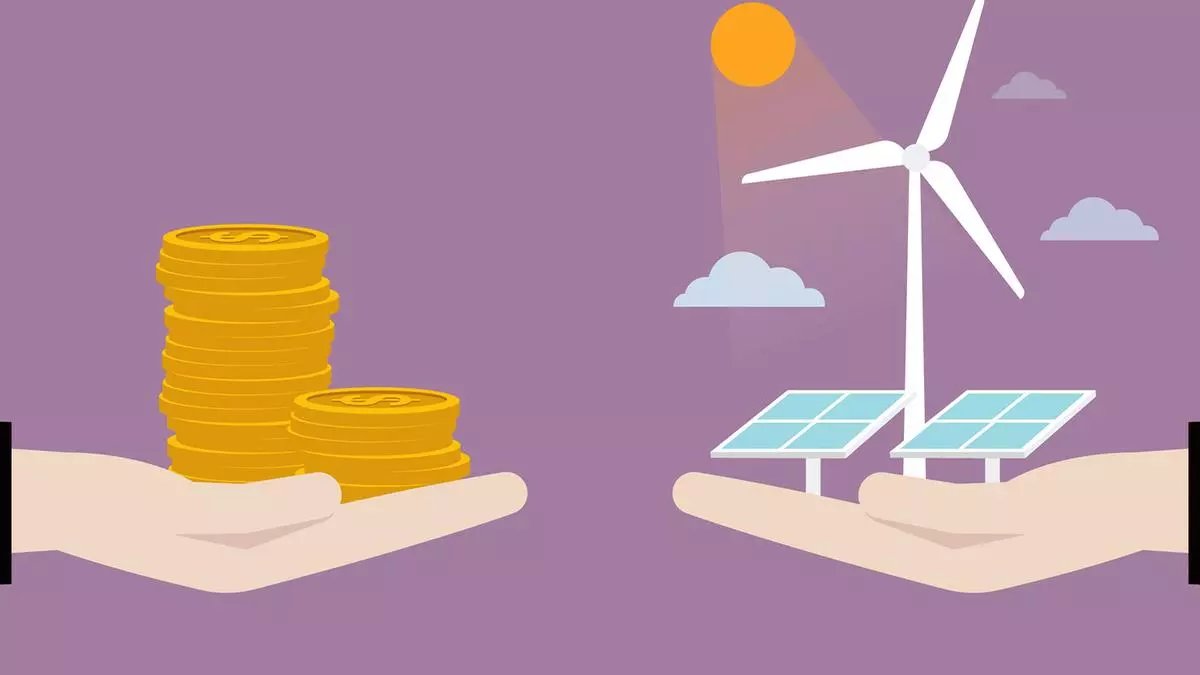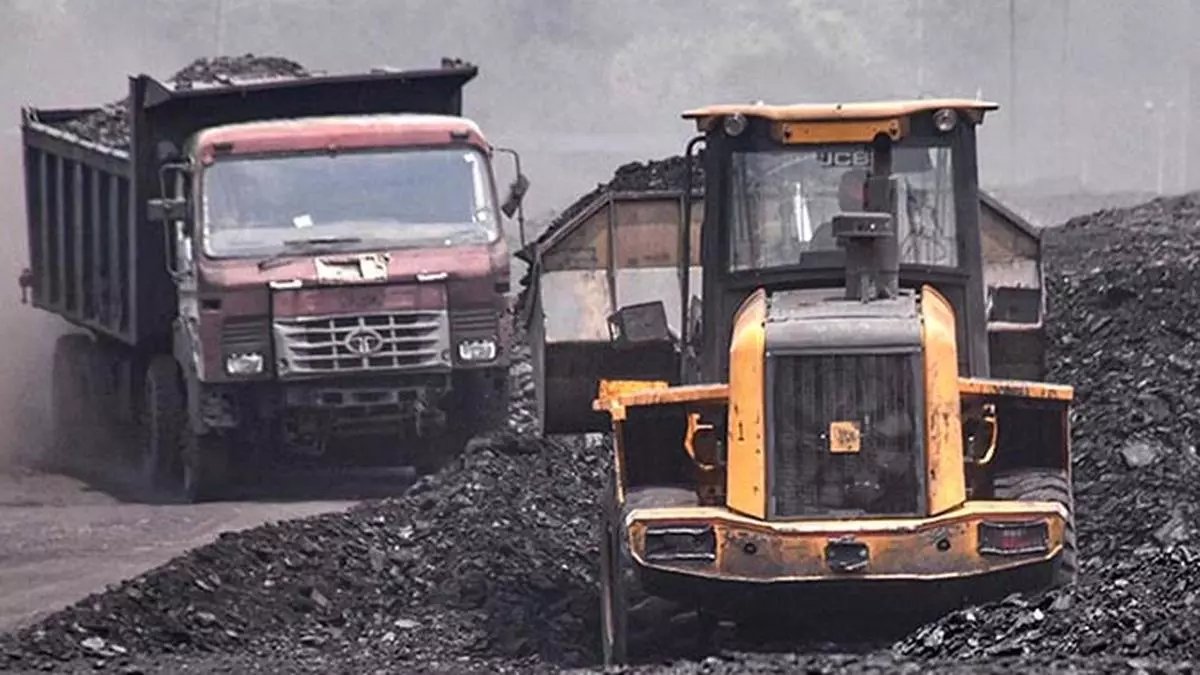India will face challenges related to land, population, water and climate in its efforts to scale up renewable energy (RE) capacities beyond 1,500 GW, according to a study by the Council on Energy, Environment and Water (CEEW).
“India has a renewable energy (RE) potential of over 24,000 GW, but even reaching the around 7,000 GW required to achieve net-zero emissions by 2070 will require a holistic approach to addressing challenges such as land access, climate risks, land conflicts, and population density, the report said.
“India currently has an installed RE capacity of 150 GW, and up to 1,500 GW the constraints are relatively manageable. The study highlights that deployment beyond 1,500 GW could face critical challenges as multiple constraints intensify, narrowing the runway to reach the net-zero target,” it added.
Need for resilience, innovation
The study, ‘Unlocking India’s RE and Green Hydrogen Potential: An Assessment of Land, Water, and Climate Nexus’, emphasises that scaling up RE will require strategic land use, improved water management, and resilient power grid infrastructure.
CEEW CEO Arunabha Ghosh said, “While our RE potential is vast, the road to net zero is fraught with challenges. From land conflicts and population density to the unpredictable but undeniable impact of climate change, every step forward will demand resilience and innovation.”
The study also highlights that Odisha and Madhya Pradesh, with high RE potential backed by land banks and infrastructure to evacuate renewable power and manage seasonality, could emerge as key players in meeting India’s renewable energy ambitions in the coming decades.
A considerable portion of India’s RE potential is in areas marked by high climate risks and land prices — only 18 per cent of onshore wind potential and 22 per cent of solar potential is in areas with low climate risks and land prices.
However, the challenges in realising this potential increase when other constraints such as population density, land conflicts and seasonality of solar power are factored in.
CEEW fellow Hemant Mallya said, “Land and water are critical resources for scaling up RE and green hydrogen in India. Prevention of desertification and innovative solutions to address land availability, such as agro-voltaics in horticulture and rooftop solar in dense Indian cities, will be essential.”
Moreover, as RE projects move into areas with higher climate risks, insurance companies could increasingly hesitate to provide coverage. Involving all stakeholders in the early stage of renewable project development and addressing climate risks will help ensure projects are commercially viable in the long run, he added.
Recommendations
The study recommends validating potential using quality data and on-ground assessments, as current data may not fully reflect real conditions.
States should establish graded land banks that consider RE quality, water availability, and proximity to infrastructure to ensure rapid project development.
Evaluating and enhancing grid infrastructure and resilience are essential, particularly in regions with high RE seasonality, to support large-scale deployment.
Additionally, revising water management policies to prioritise energy production and assessing the need for surface water storage will be vital to sustaining green hydrogen production and mitigating resource challenges.



